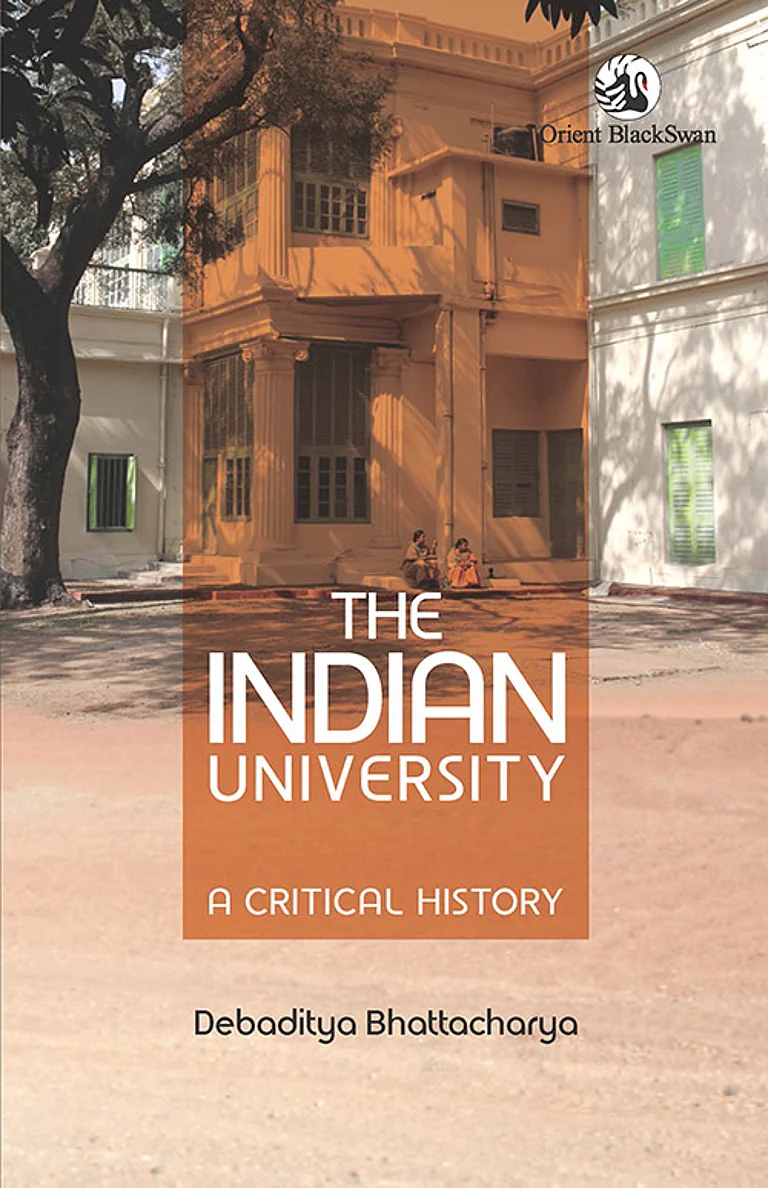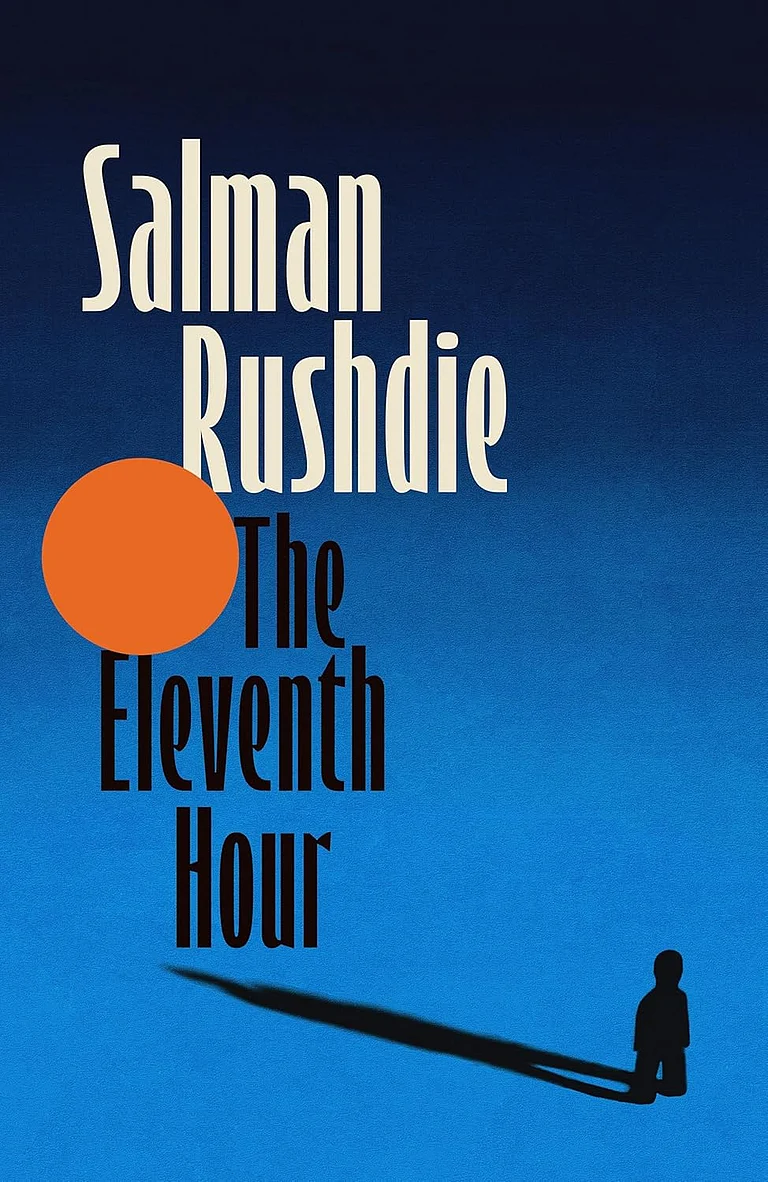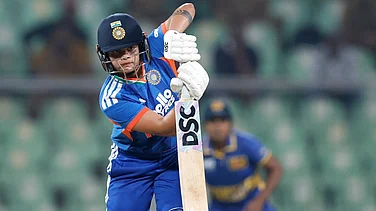For pushing our greatest icon out of a first class compartment, retribution awaits the South Africans yet again when they step on Indian soil this month. Indian soil, traditionally, has never been a mere metaphor. It is redeeming dirt. Its nationalistic. The Indian cricket pitch is the balm on the wounds weve collected from around the world. It has never let us down since 86. The fact that weve also never won a series abroad since that year is why its almost karmic that we wouldnt lose here.
As a worker in Mumbais Wankhede stadium says dreamily, "The pitch understands our desire to win". And we will, he says, in the first Test that starts on the 24th of this month. "Kumble will wind it all up by Sunday (the fourth day)." His prediction is based on the instructions he knows hell receive soon. Kumble, the right-arm-lollypop-pacer in Australia, will actually turn the ball at Wankhede. From the second day, the seamers will be bowling on a foam mattress. The red cherry will keep as low as a White House intern. Our batsmen will shine once again with stray balls kissing the abdomen guard but seldom the helmet. The stage is set for the two Tests and five one-dayers to heal our lost pride.
Despite the licking Down Under, Indian crickets presiding deities want to win on pitches whose patent no other board in its right mind will like to buy. We simply havent learnt our lessons. Krishnamachari Srikkanth, who heads the pitch-committee which is supposed to improve the quality of our pitches, says, "They will all be sporting tracks." The word sporting is of remarkable semantic importance. Srikkanths vocabulary is, mysteriously, contagious. Because all the curators Outlook got in touch with used the word sporting, except for Mohalis Daljit Singh who didnt have to use the expletive.
When asked to define the word sporting at least three curators laughed loud. Ratnagar Shetty of the Mumbai Cricket Association however chose to explain. "Sporting means both the sides will benefit." Bounce? "Low". Seaming wicket? "Initially". Turning track? "Obviously". We have always had such sporting wickets.
In the middle of the official noises comes the confession of a valued curator of one of the venues of the two Tests, "Its all in Srikkanths hands. Hell decide after discussing with the captain and the manager of the Indian team and give us instructions two days before the start of the Test." A Maidan official in Wankhede points out, "Four hours of sheer pace can finish the Indian batting. If that happens the curator and all his men have had it. This old generation of cricketers who dont want to sit at home get a bit too involved in deciding how the pitch should behave. They want India to win and so decide that it should favour the spinners as early as possible. So, starting from the domestic level, we simply cant produce and develop guys who can face real pace. Thats why youll notice that Indian batsmen are either pathetic or geniuses."
Mohalis Daljit Sigh admits that there are always "hidden messages" from the team management on what they expect from the pitch. "Ive had brushes with the board in the past for maintaining the ground the way I do." The man who has been appointed to improve our pitches, Srikkanth, himself says, "I see nothing wrong in the captain or the coach getting a favourable pitch." Its called home advantage. There is a reason why this is bad English. No other country has had so much to show at home and so little outside. Thats why former South African coach Bob Woolmer says fatalistically, "When in India, you have to adapt to the conditions." Former South African captain Kepler Wessels told a Durban paper recently, "At home the Indians are a different kettle of fish." What he means is that elsewhere we are fish out of water.
When we were being butchered in Australia, a common truth was unfolding here. The Duleep Trophy was throwing up another set of prolific batsmen. But not a single match was decided on a win. Not a single team took 20 wickets in a match. So, at the domestic level while a genuine fast bowler cannot evolve into anything fearsome, mediocre batsmen and spinners gain fame. An official of the pitch committee quotes the ridiculous in his desperate attempt to show why we cant make bouncy wickets: "Australia is different from India. Their crops are different from our crops. Thats because their soil is different from our soil." Laxman Chauhan, who maintains a pitch on Azad Maidan, almost throws up when he hears this statement. "Come with me. From Panvel to Vashi, Ill show you this soil. We call it Murum. Its not just hard but doesnt wear off easily."
The practice wickets at the Wankhede have more bounce than the centre pitch. Sachin used to duck bouncers on these very wickets during misty mornings equipped with a helmet after giving a war-cry to the Mumbai speedsters to have a go at him. So, the point is that the mud is willing but the spirit is not.
The doctoring of pitches in India is not a revelation, but the Board has decided that victory at home cannot be sacrificed at the altar of common sense. All past efforts to improve the pitches have been symbolic. Some time ago Jagmohan Dalmiya had invited a team of experts from the New Zealand Sports Turf Institute to study the pitches and give recommendations. Keith McAuliffe was a part of that team. He remembers clearly, "We stayed for 21 days and visited 21 grounds. The quality of the pitches was not very high. We gave a lengthy report at the end of the study. We havent heard from the bcci ever since." Well, well. The Board spends money to invite a team from New Zealand for 21 days and doesnt act on its report. We are either too rich or too stupid.
Sudhir Naik who had been the curator at Wankhede for a long time explains, "Well never make a hard wicket. I have seen various captains from Wadekar to Vengsarkar to Azhar coming to me with a few requests. Its always the same old story. Low bounce and a turning track - thats what they all want." Even one of our bouncy pitches will remain so for just about two days. Its called the character of the pitch. And our wickets have such a lousy character that they need to be reformed - and thats what Srikkanths job is. "But it will take at least a season or two to change the basic character of a pitch," he says. "Well start after this series."
Why wasnt anything done before this home series? Simply because, and it surely doesnt take an expert to answer, weve to make sure that we win. As someone said, its all a 22-yard plot.






















